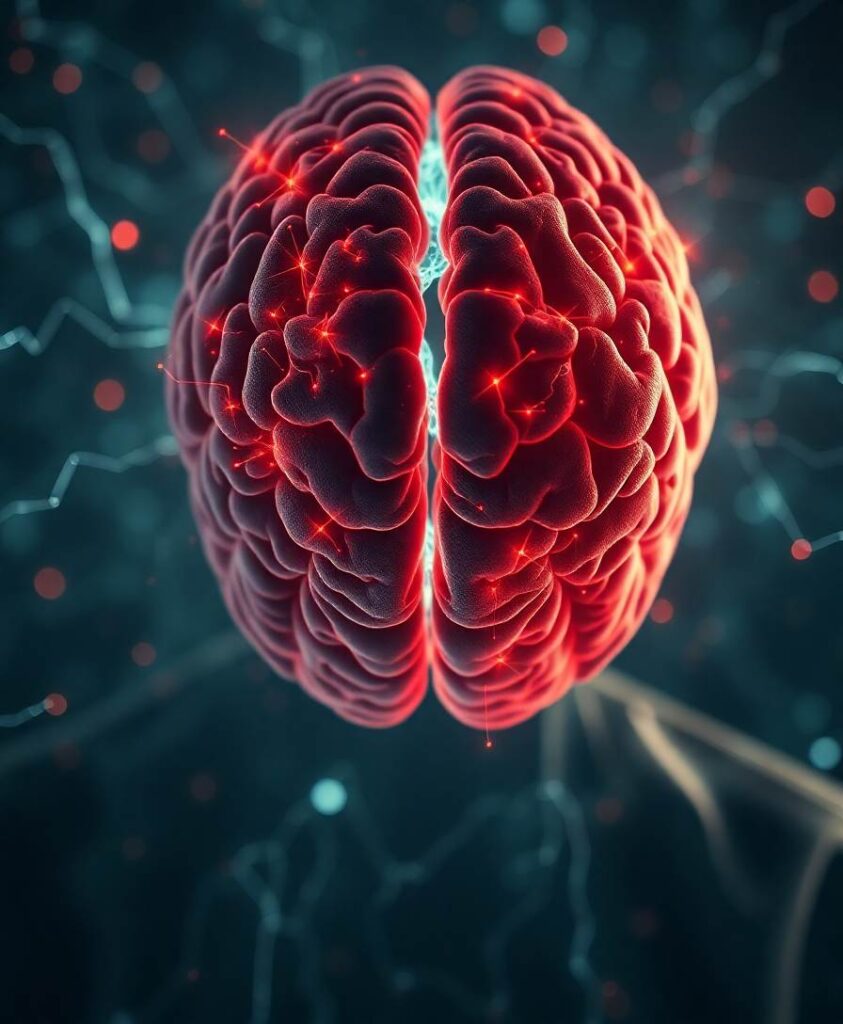The neural systems underlying semantic processing have been characterized with functional neuroimaging in young adults. Whether the integrity of these systems degrade with advanced age remains unresolved. The current study examined functional connectivity during abstract and concrete word processing. Thirty-eight adults, aged 55–91, engaged in semantic association decision tasks during a mixed event-related block functional magnetic resonance imaging (fMRI) paradigm. During the semantic trials, the task required participants to make a judgment as to whether pairs were semantically associated. During the rhyme trials, the task required participants to determine if non-word pairs rhymed. Seeds were placed in putative semantic hubs of the left anterior middle temporal gyrus (aMTG) and the angular gyrus (AG), and also in the left inferior frontal gyrus (IFG), an area considered important for semantic control. Greater connectivity between aMTG, AG, and IFG and multiple cortical areas occurred during semantic processing. Connectivity from the three seeds differed during semantic processing: the left AG and aMTG were strongly connected with frontal, parietal, and occipital areas bilaterally, whereas the IFG was most strongly connected with other frontal cortical areas and the AG in the ipsilateral left hemisphere. Notably, the strength and extent of connectivity differed for abstract and concrete semantic processing; connectivity from the left aMTG and AG to bilateral cortical areas was greater during abstract processing, whereas IFG connectivity with left cortical areas was greater during concrete processing. With advanced age, greater connectivity occurred only between the left AG and supramarginal gyrus during the processing of concrete word-pairs, but not abstract word-pairs. Among older adults, robust functional connectivity of the aMTG, AG, and IFG to widely distributed bilateral cortical areas occurs during abstract and concrete semantic processing in a manner consistent with reports from past studies of young adults. There was not a significant degradation of functional connectivity during semantic processing between the ages of 55 and 85 years. As the study focused on semantic functioning in older adults, a comparison group of young adults was not included, limiting generalizability. Future longitudinal neuroimaging studies that compare functional connectivity of young and older adults under different semantic demands will be valuable.




